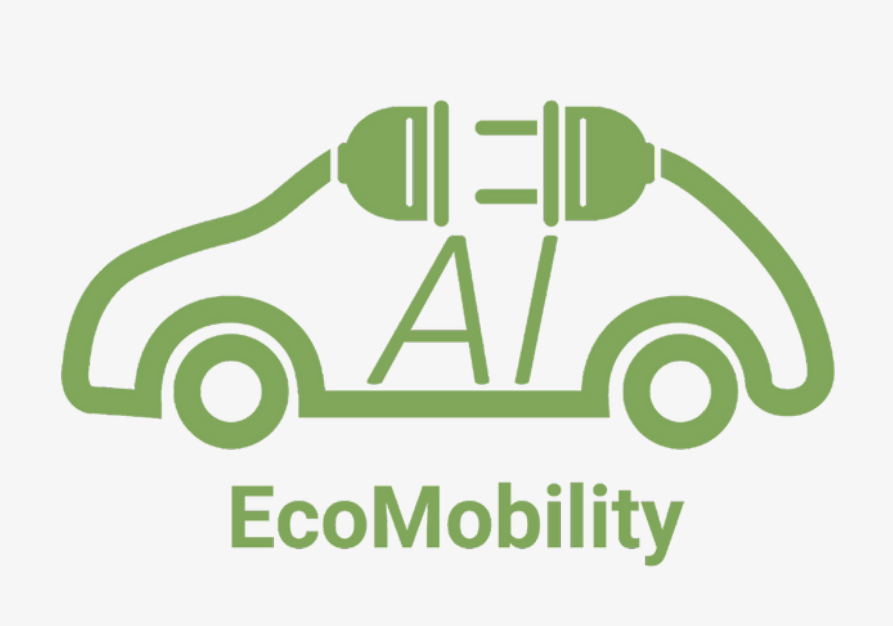
GA Nr. 101112306
Project goal and tasks
The EcoMobility project, led by TTTech Auto and funded by the “Horizon Europe” KDT Joint Undertaking, aims to establish a service-centric, connected mobility ecosystem to facilitate the transition towards sustainable, end-to-end mobility solutions. The project will enable cooperative development, deployment, operation, and life cycle management of connected adaptive mobility solutions, support contract-based run-time coupling of mobility services within edge/cloud-based services for deployment of AI solutions, and establish regulatory frameworks. The project will develop and deliver reliable and enhanced vision, perception, and localization systems for safe, connected, and automated vehicles, as well as customized and improved fail-operational ADAS systems reflecting technology capabilities of heterogeneous vehicles and protecting vulnerable road users. The project will also provide energy-aware control and scheduling of electric vehicles, including smart Battery Management Systems (BMS) and coordination with other transportation means. To accomplish these ambitions the project brings together 47 partners from 8 EU countries and one associated country with a total budget of ~36 million euros. The project’s demonstrators will showcase the findings and capabilities for the end-to-end sustainable mobility ecosystem, impacting improved trust, safety, security, efficiency, and ecology of mobility solutions to a level appropriate for mass-market deployment.
Tasks to be performed by EDI
EDI’s tasks will involve developing object detection algorithms using Spiking Neural Networks (SNNs) and adopting SNNs mathematical model for hardware and FPGA-accelerator design. The FPGA-accelerator will integrate an SNN-based solution into existing perception systems using high-speed communication interfaces. SNNs are expected to provide a more accurate imitation of actual neurons compared to conventional ANNs. This technology has the potential to revolutionize the automotive industry’s sensor systems by enabling the use of asynchronous sensors like DVS cameras or pre-processed radar data. Additionally, EDI will design a real-time environmental model that can monitor traffic actors and generate a probability-based occupancy map suitable for path planning. This model will identify traffic actors using multi-modal inputs and output an encoded list of detected objects that includes information such as position, orientation, bounding box size, movement, acceleration vectors, and object type. The occupancy grid model will encapsulates the vehicle’s surroundings and will enable probabilistic tracking of traffic agents in real-time, providing a constantly updated environmental model that can be used for their trajectory planning.
Participating scientists
Dr. sc. ing. Kaspars Ozols
Deputy director of development, Senior Researcher
+371 67558161[protected]




